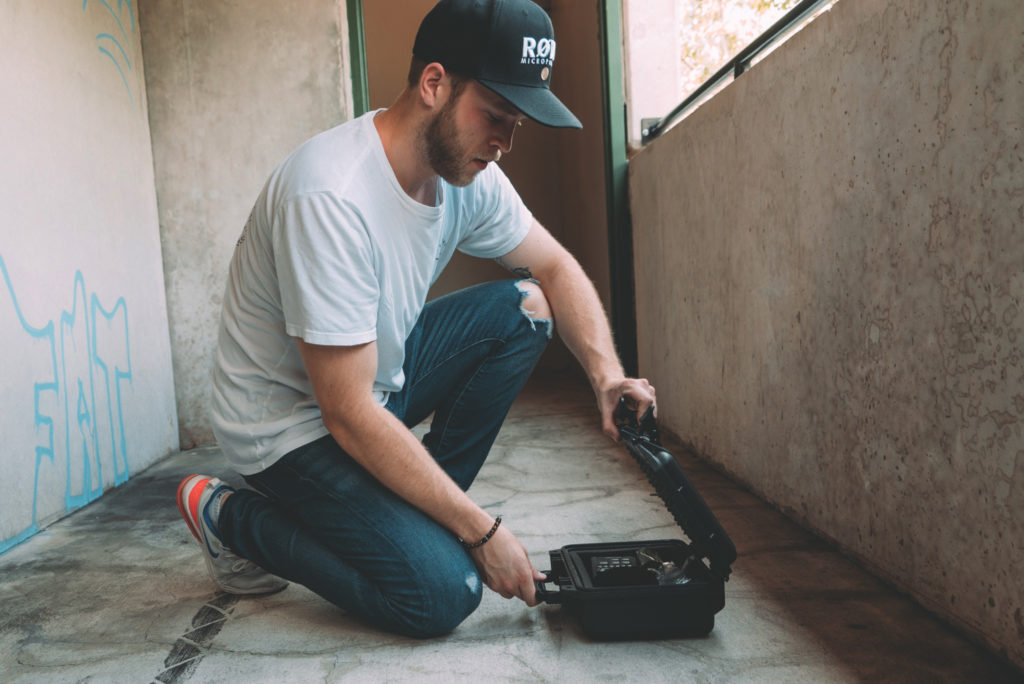7 Common Sound Designer Mistakes to Avoid
If you’re carving out a career in audio, there are some things you should be careful not to do. We’ve listed some of the top sound designer mistakes to avoid.
Lots of people who love watching television, going to the cinema, or consuming content online forget that sound design is a vital ingredient for a brilliant production. The truth is, audiences shouldn’t really be thinking about the sound designer. Not if they’ve done their job well, that is. The Foley and soundscapes should be so seamlessly integrated that they feel like part of the bigger picture right the way through.
If you’ve got an ear for detail, and want to provide perfect sound for all sorts of productions, then a career as a sound designer might be for you.
Starting out as anything can be a challenge, and there are all sorts of things that can trip you up on your journey. Nothing worth doing is easy, and if you don’t experience smooth sailing, don’t be put off! Making mistakes means you learn quicker. But you can also learn from other people’s mistakes, which is a definite winner. We’ve listed some of the most common sound designer mistakes that people make, so you can swerve them altogether.
Not Listening to the Client
If you’re trying to make it as a freelance sound designer, the main person you have to please is the client. They’ll give you a brief explaining what they want and expect from you. They’re hiring you to help them achieve their vision. Of course, not everyone is like this but, some creators can get quite precious and protective around their project. Going too rogue is a good way to get on a client’s bad side.
Remember to keep the brief at the heart of what you do. If you have some cool ideas, don’t be afraid to run them by your client to get their thoughts.
Thinking Literally
The beauty of sound design is the limitless creative opportunities. The gory sounds we hear in horror films are often just a load of fruit and veg. If you need to create snowy footstep sound effects, but you’re based in sunny Spain, just muck around with a bean bag.

A trap lots of newbie sound designers fall into is thinking they need to use the same things they’re seeing on screen to replicate the sounds. Get bogged down in this way of thinking, and you’re going to find yourself in some tricky situations pretty quickly.
Going OTT
It’s exciting landing a gig as a sound designer when you’re just starting out. But, try to avoid getting carried away and treating everything like a cinematic extravaganza. Sometimes, the beauty of a scene is its simplicity. And, actually, you can show off a lot of sound design talent and skill by absolutely nailing the minor details.
If the scene is someone simply making a cup of tea, then focus on that. Not all sound design is about wild explosions and sci-fi soundscapes.
Poor Recording Quality

You can correct and hide all manner of sins with a decent DAW. However, starting out with a clear and crisp recording is the best way to allow yourself creative freedom later on. You haven’t got to go crazy and buy the most expensive microphone on the market. But do invest in some gear that will get you quality results, so you don’t spend all your time trying to de-muddy sounds or cancel out background noise.
Adding Too Much Sound
It might sound counterintuitive. I mean, being a sound designer means adding sound to things, right? Yes, but there’s such a thing as too much sound. Just how it’s about the notes you don’t play when you’re a great musician, it’s about knowing when to leave space in sound design.
One of the most common sound designer mistakes is to pack sound into every possible space. Doing this quickly results in an audio mess, and can take away from the main focus of the scene. Letting sounds breathe, and even playing with silence, can create much more impact sometimes.
Relying Too Much on Post
Fixing things in post is a good way to tidy things up. But, it’s a mistake to rely too heavily on this. Of course, certain noise can be cleaned up in post, but poor quality recordings can’t be made to sound high quality. If sounds are missing, they can’t be magicked up in post. Ensuring you record with decent equipment, and are fastidious in your mixing will mean less work for post-production.
Not Branding Yourself
This mistake is to do with how you market yourself and look for work. When you’re a beginner, not only are you competing with a tonne of other beginners, you’re also up against some seasoned pros. So, how do you stand out from the crowd and land those all-important first gigs?
Create a unique brand for yourself, whether that focusses on the genres and styles you enjoy working with, or highlighting great features of your personality. Utilising social media to market yourself, like Instagram or TikTok, gives you the opportunity to showcase your skills and connect with potential clients.
If you’d like your sounds available for creators to use in a range of projects, why not become a Synchedin contributor today?
